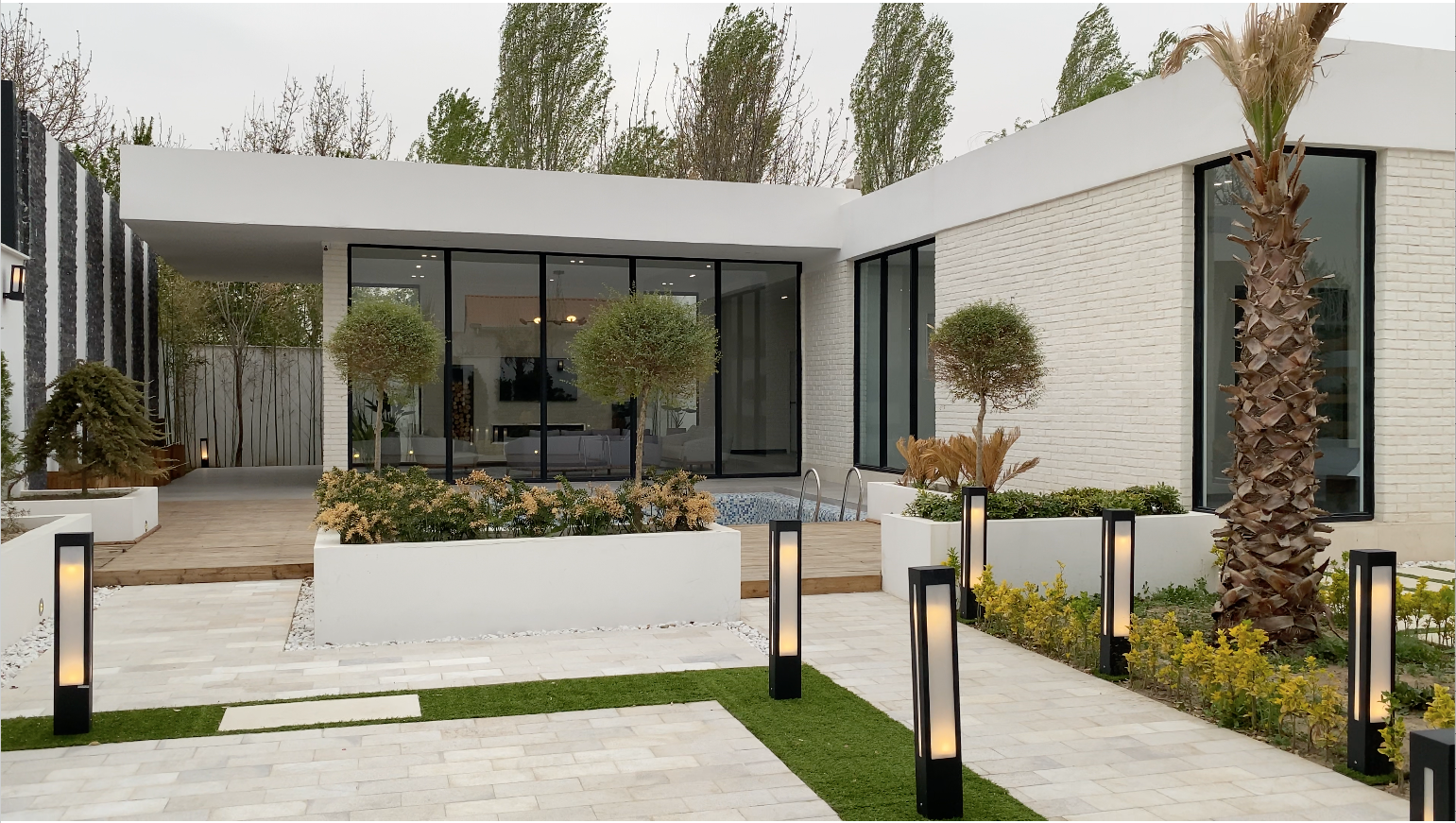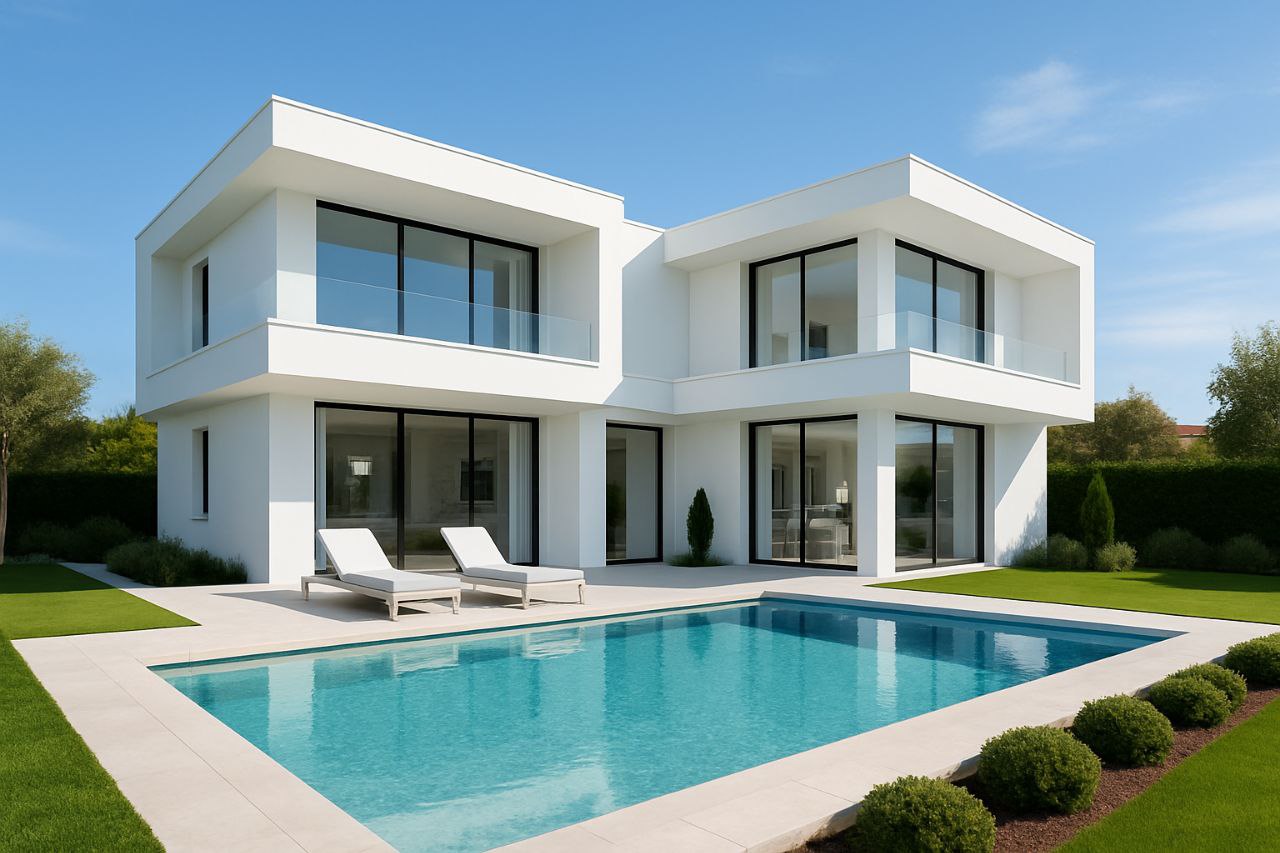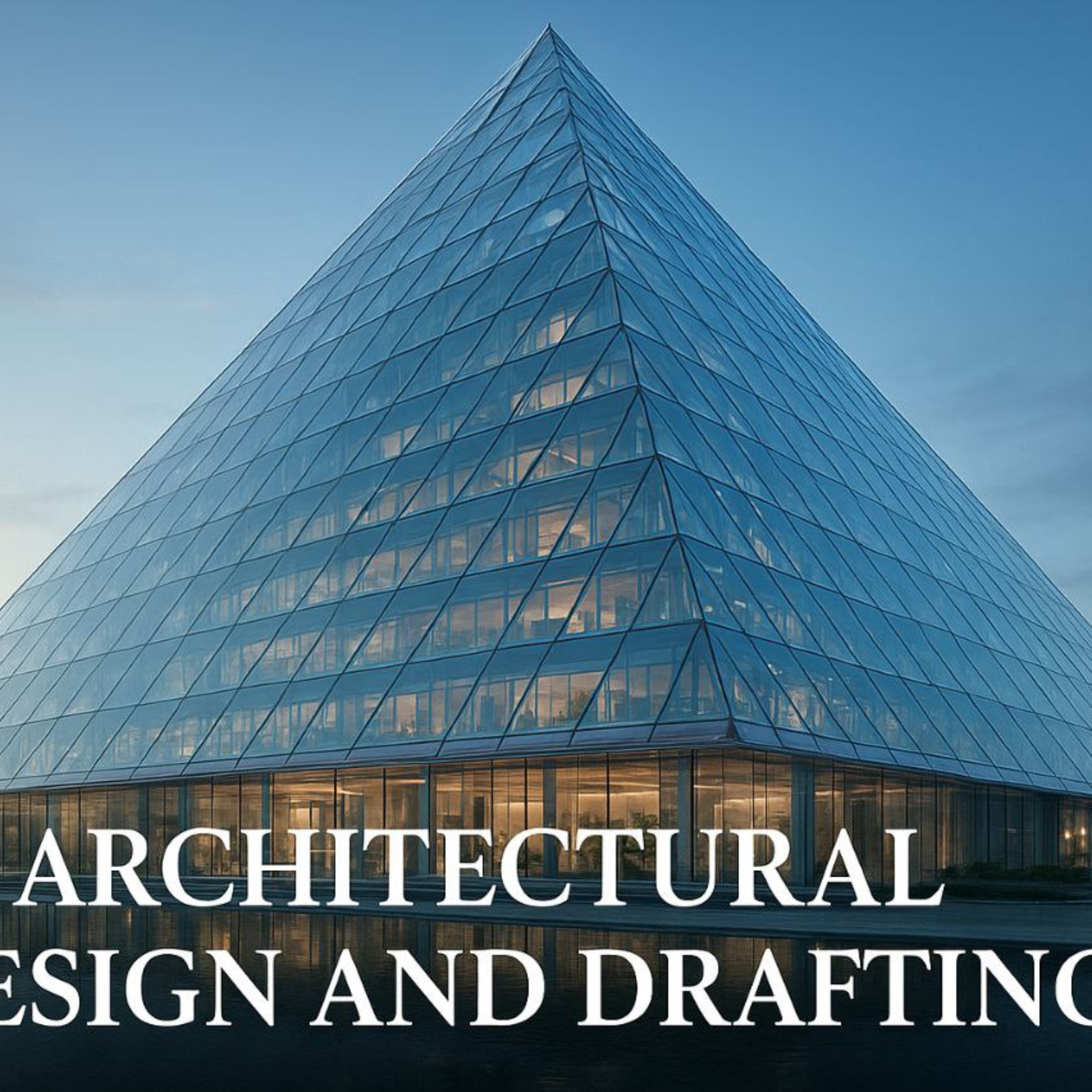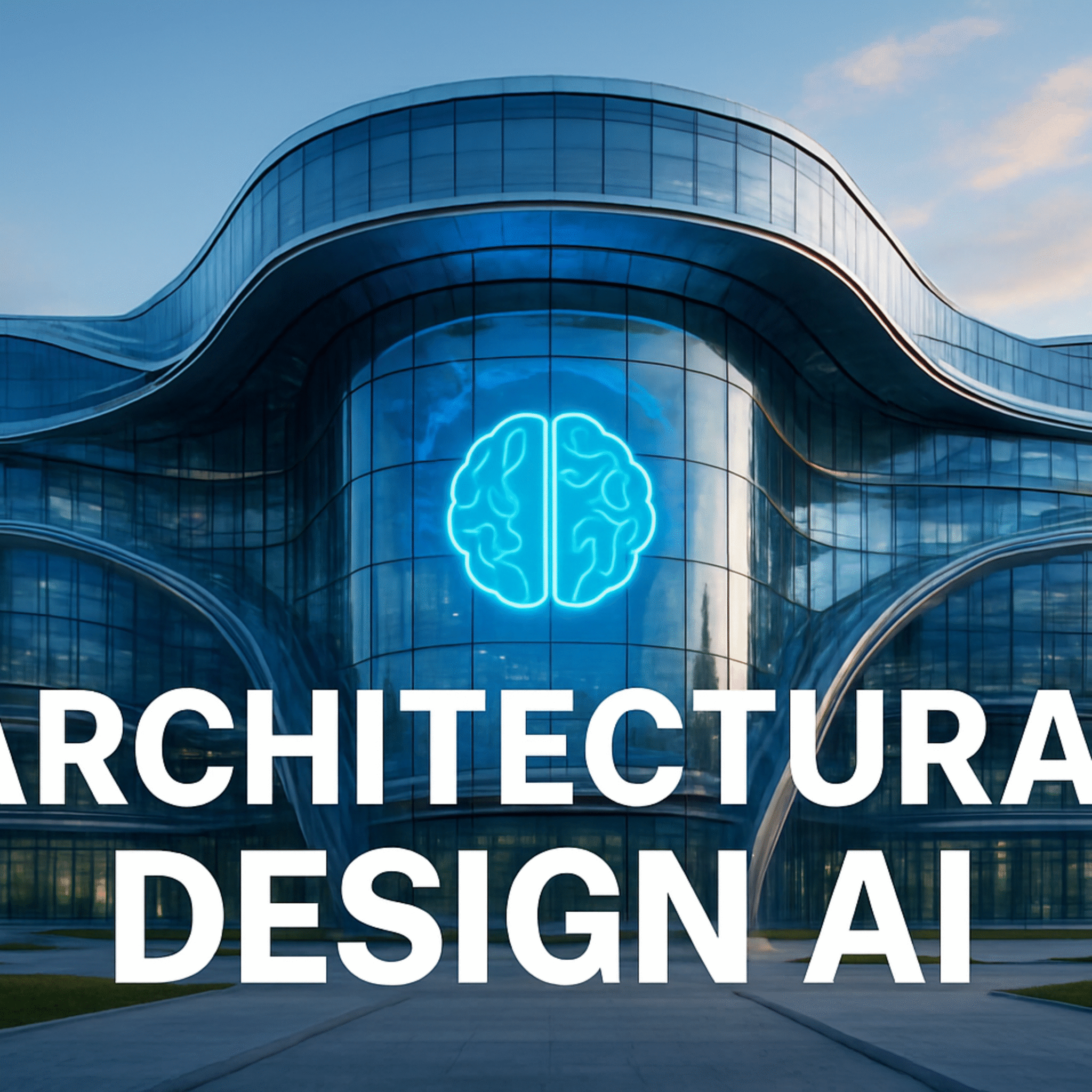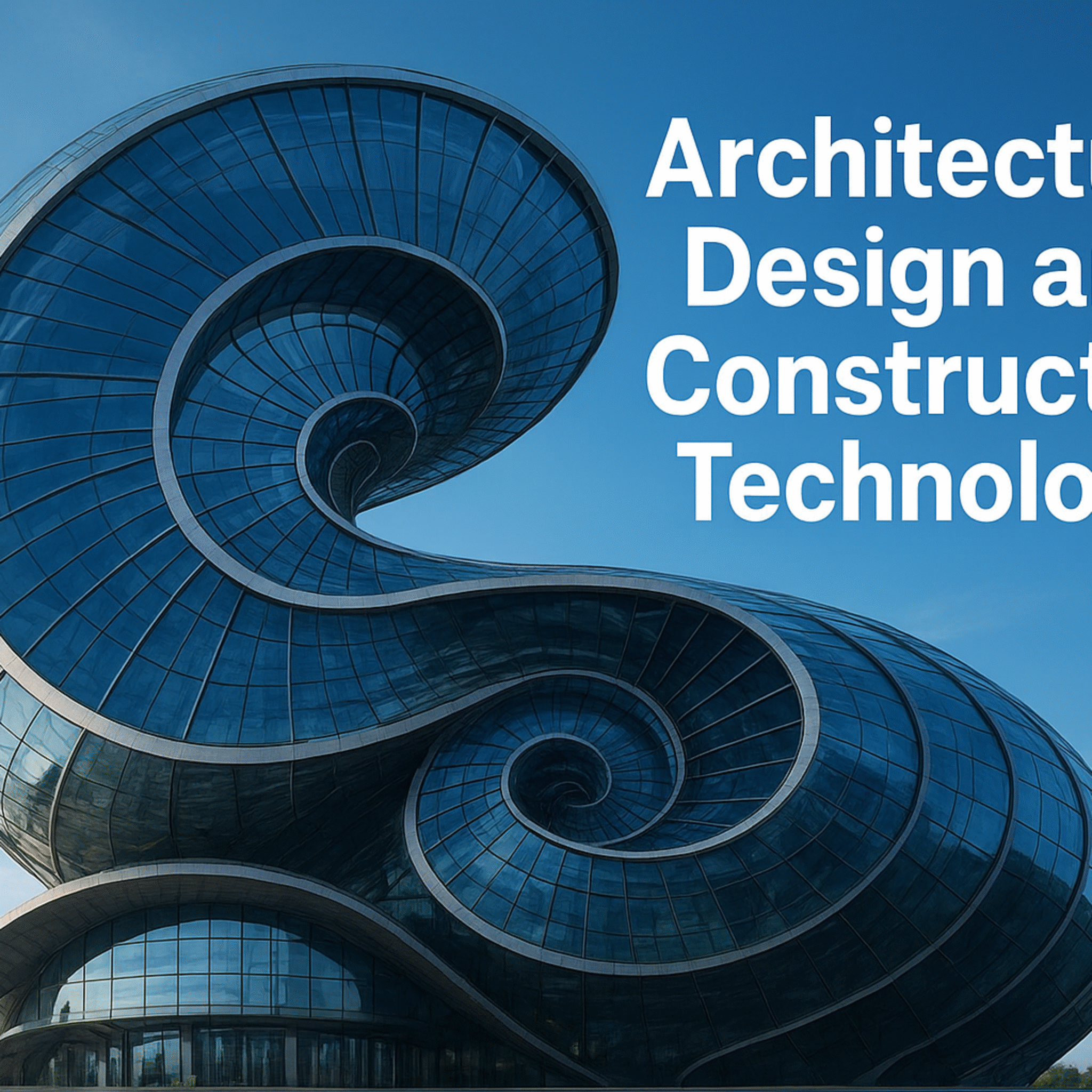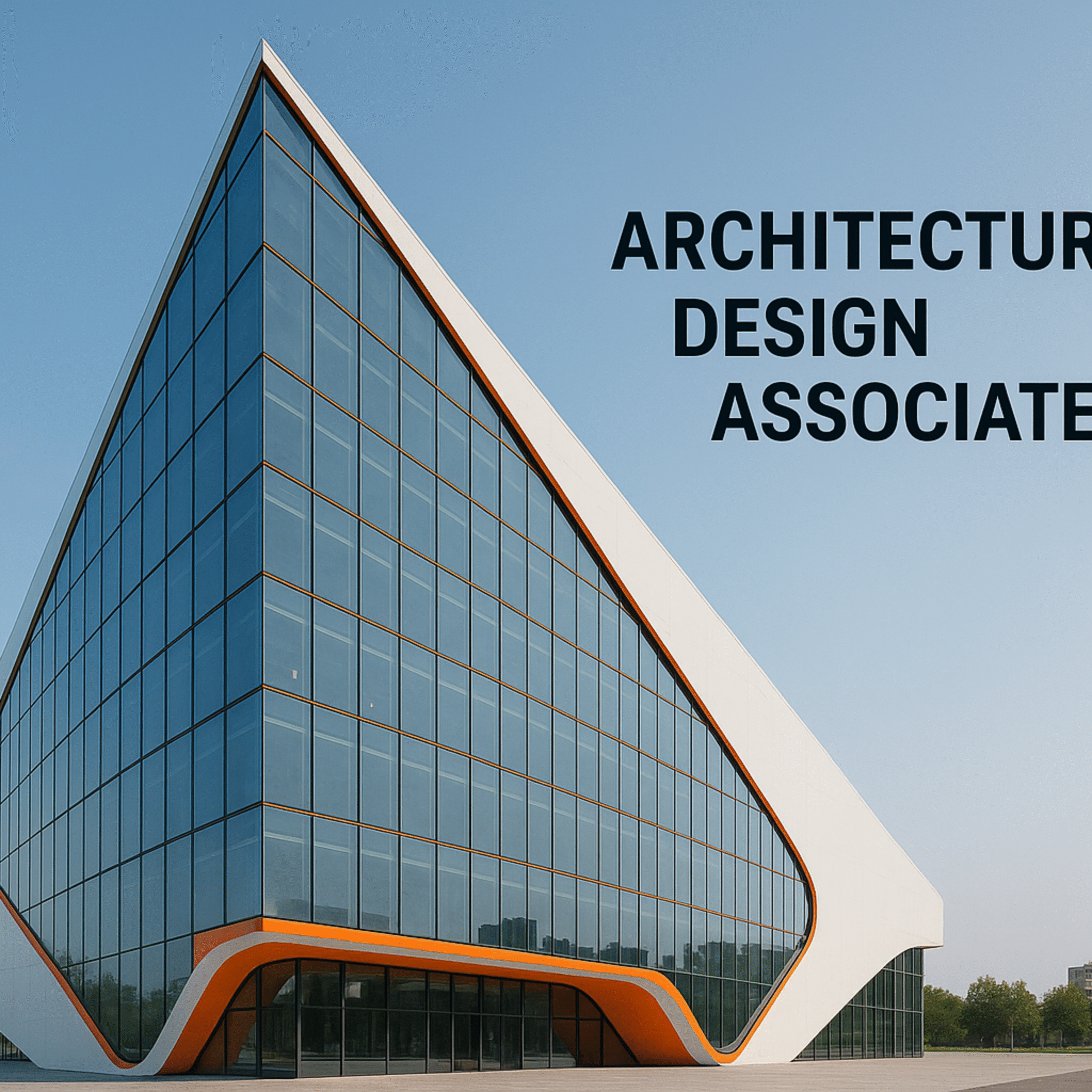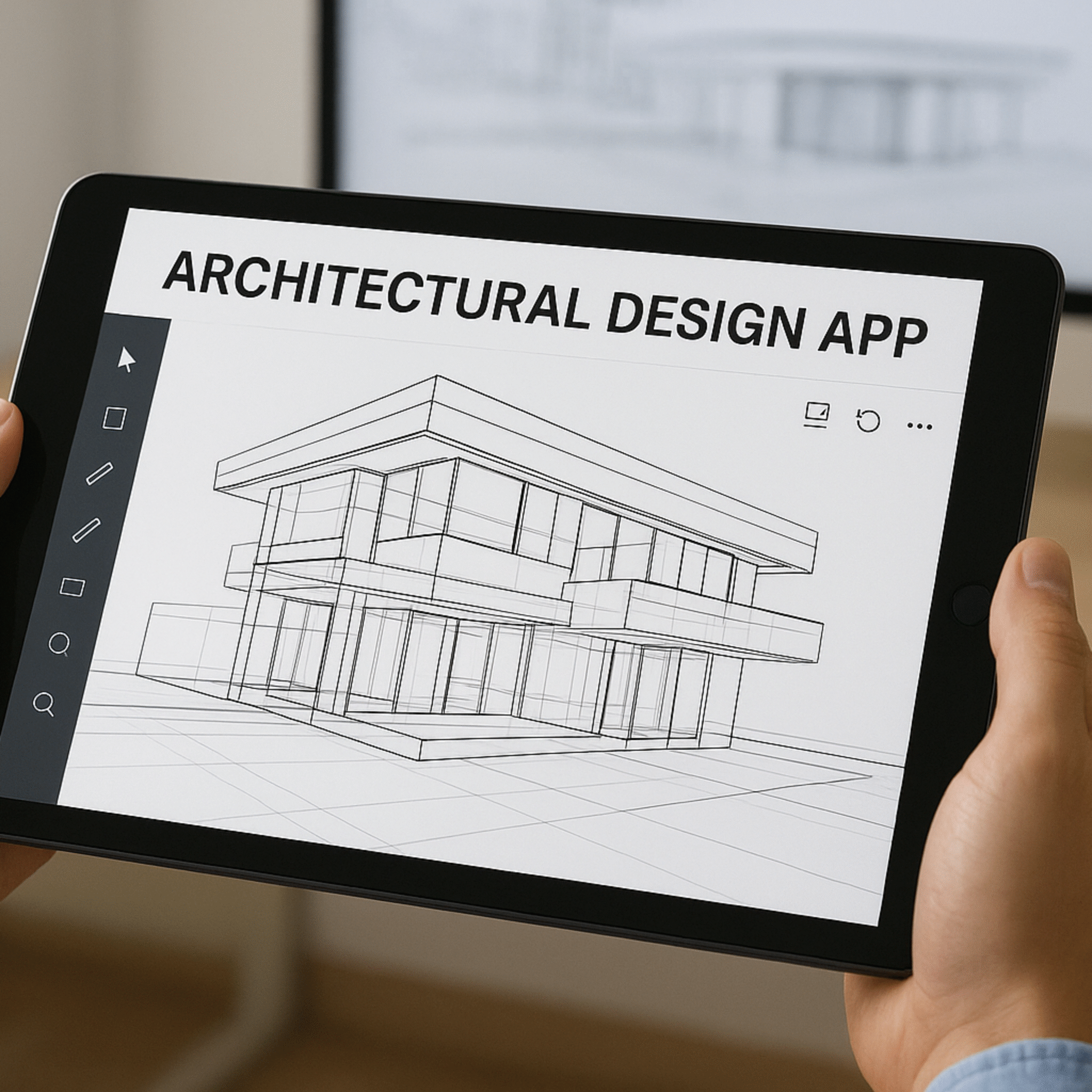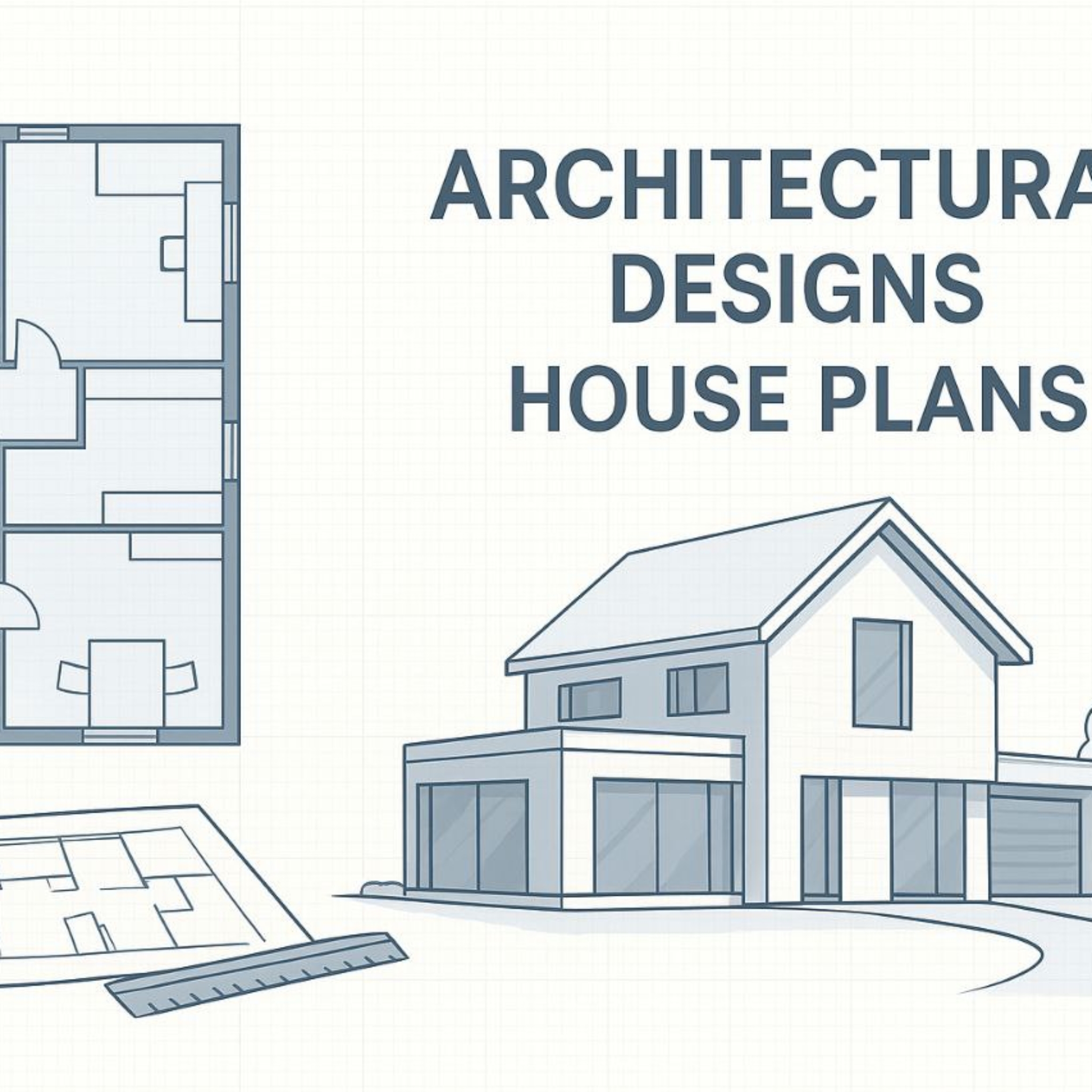Interior Architectural Design
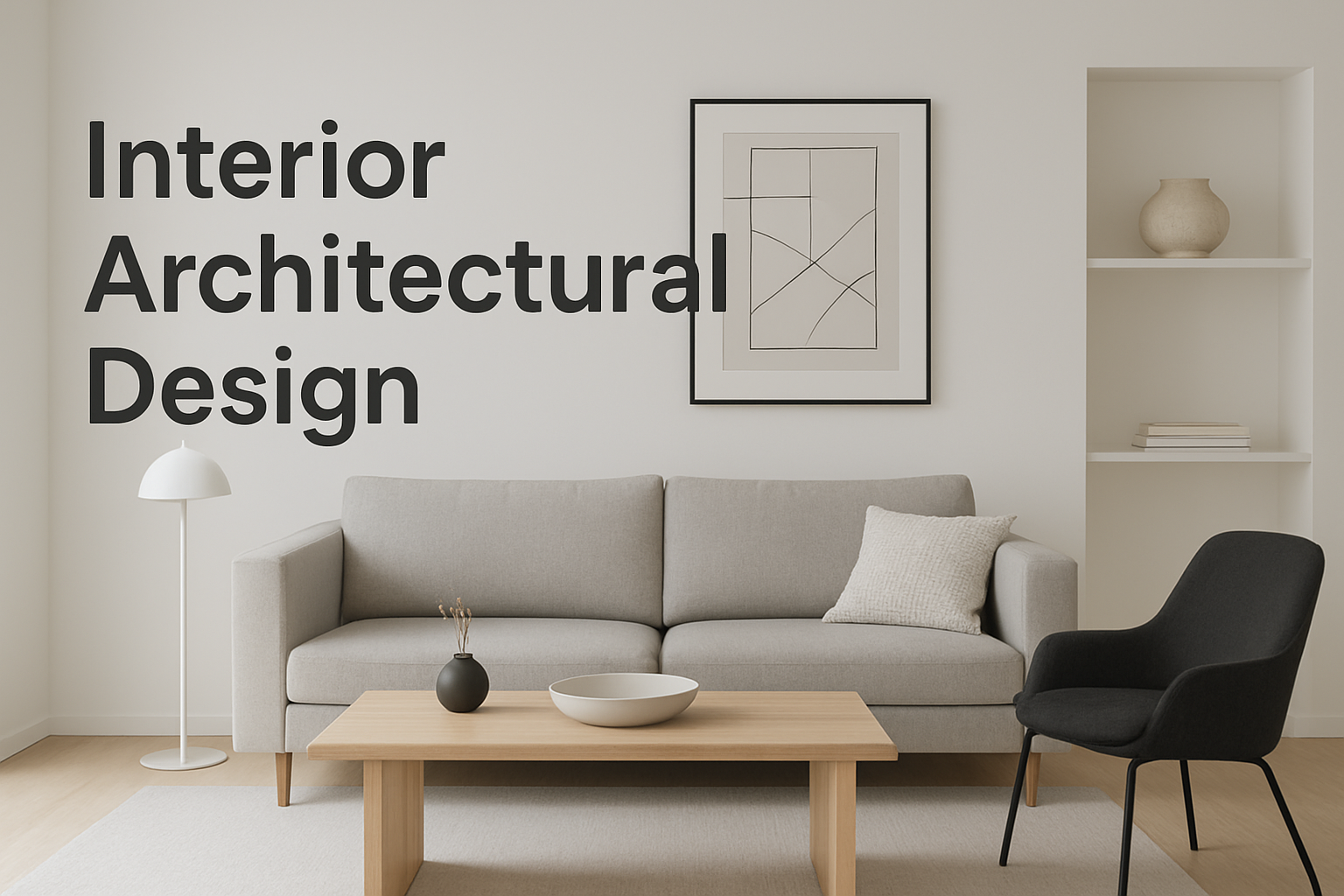
Understanding the Interior Architectural Design
Interior architectural design is a multifaceted discipline that seamlessly blends aesthetics with functionality to create harmonious and inspiring indoor environments. At its core, interior architecture involves the thoughtful planning and design of interior spaces, considering both structural elements and decorative aspects to enhance the user experience. This field requires a deep understanding of spatial dynamics, materials, lighting, and human behavior, all aimed at crafting environments that are not only beautiful but also practical and comfortable.
A fundamental aspect of interior architectural design is space planning. This process involves organizing interior spaces to optimize flow, accessibility, and usability. Effective space planning ensures that every square foot serves a purpose, whether it’s a cozy living room, an efficient office, or a welcoming retail space. It requires an acute awareness of how individuals interact with their surroundings and the ability to anticipate their needs. Designers must consider furniture placement, circulation routes, and zoning to create intuitive and inviting environments.
Material selection is another critical component. The choice of materials impacts the aesthetic appeal, durability, acoustics, and sustainability of a space. Modern interior architects are increasingly advocating for eco-friendly and sustainable materials to minimize environmental impact. From natural wood finishes to recycled composites, the material palette offers endless possibilities for expressing style while maintaining functionality.
Lighting design also plays a pivotal role in interior architecture. Proper lighting enhances the visual appeal, emphasizes architectural features, and influences the mood of a space. Designers often combine natural light with layered artificial lighting—ambient, task, and accent—to create dynamic and adaptable environments. Thoughtful lighting design can transform a simple room into a sophisticated and inviting setting.
Furthermore, interior architectural design is deeply influenced by cultural, social, and technological trends. Contemporary designs often emphasize minimalism, clean lines, and open spaces, reflecting a desire for simplicity and clarity. Smart technology integration has revolutionized interior spaces, allowing for automation of lighting, climate control, and security systems, thereby increasing convenience and efficiency.
The role of the interior architect extends beyond aesthetics; it involves understanding building codes, safety regulations, and ergonomic principles to ensure spaces are safe and accessible for all users. Collaboration is also essential in this field, working closely with architects, clients, engineers, and contractors to realize a cohesive vision.
In conclusion, interior architectural design is a dynamic and integral part of architecture that transforms interior spaces into functional works of art. It requires a holistic approach, balancing artistic creativity with technical expertise and user needs. As the world evolves, so does the discipline, embracing innovative materials, sustainable practices, and cutting-edge technology to shape environments that inspire, comfort, and serve their inhabitants effectively.


